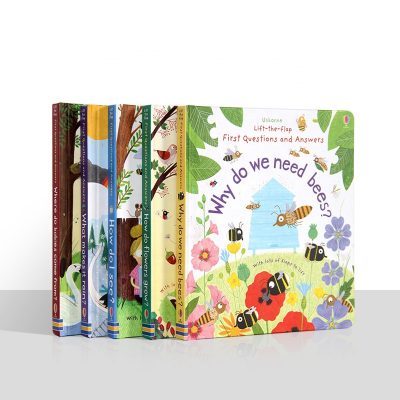In recent years, there has been a growing emphasis on diversity and inclusion in children’s literature. In this blog, we’ll delve into the importance of representation and the role of children’s books in reflecting the real world.
1. Representation Matters Discover why representation matters in children’s books. Learn how seeing characters from diverse backgrounds empowers children and validates their identities.
2. Building Empathy Explore how diverse children’s books build empathy. Learn how stories that depict varied experiences help children understand and empathize with others.
3. Breaking Stereotypes Discover how children’s books challenge stereotypes. Learn how inclusive narratives debunk biases and broaden young readers’ perspectives.
4. Cultural Enrichment Explore how diverse children’s books enrich cultural understanding. Learn how stories from different traditions introduce children to global perspectives.
5. Inclusive Education Discover the role of inclusive children’s books in education. Learn how these books support educators in creating inclusive classrooms that celebrate diversity.
6. Empowering Marginalized Voices Explore how diverse children’s books amplify marginalized voices. Learn how underrepresented authors and illustrators contribute to a more inclusive literary landscape.
In conclusion, diversity and inclusion in children’s books are vital for representation, empathy building, stereotype breaking, cultural enrichment, inclusive education, and empowering marginalized voices, ensuring that young readers encounter a rich tapestry of experiences.







